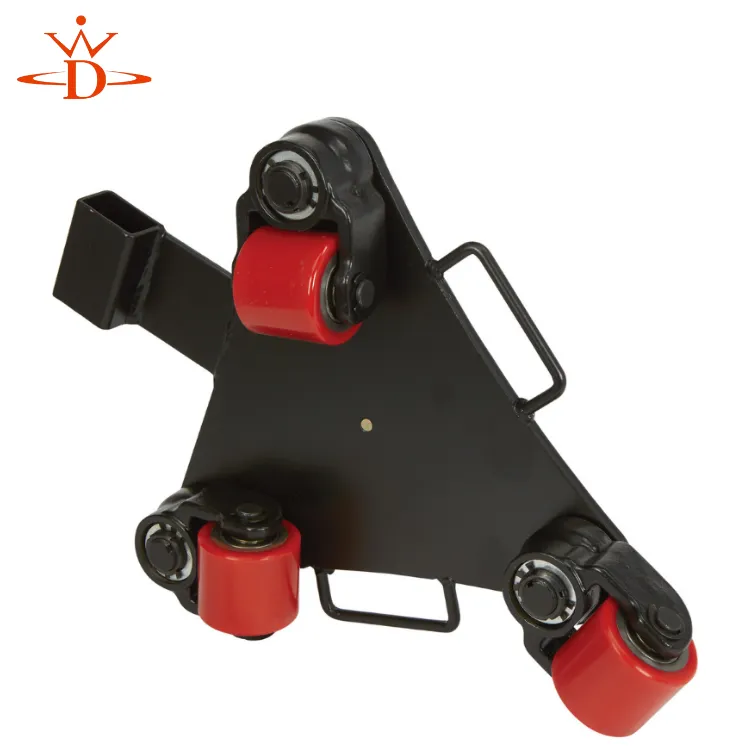Heavy Machinery Rollers for Optimal Construction Performance and Efficiency
Understanding Heavy Equipment Rollers A Comprehensive Overview
Heavy equipment rollers play an essential role in various construction and civil engineering projects. These machines are specifically designed for compacting soil, gravel, asphalt, and other materials to create a solid foundation for roads, building sites, and other infrastructure projects. In this article, we will delve into the importance, types, and applications of heavy equipment rollers, providing insights into their operation and impact on construction projects.
The Importance of Rollers in Construction
Compaction is a critical process in construction, influencing the strength, stability, and durability of the surfaces being developed. Heavy equipment rollers aid in achieving optimal compaction by compressing the materials uniformly. This is crucial to prevent issues such as soil settlement, which can lead to road cracking, uneven surfaces, or, in severe cases, structural failure.
Rollers are particularly important for projects that require a high degree of stability, such as highways, airport runways, and infrastructure supports. They assist in eliminating air pockets within the materials and enhancing load-bearing capacity, which ultimately ensures safety and longevity.
Types of Heavy Equipment Rollers
Heavy equipment rollers come in several types, each tailored for specific applications and materials
. The most common types include1. Vibratory Rollers These rollers use a combination of weight and vibration to compact materials. The vibration prevents the particles from settling together, allowing for deeper penetration and effective compaction. They are commonly used for asphalt compaction and are particularly effective in achieving high-density surfaces.
2. Static Rollers These operate solely by the weight of the machine. They are widely used for soil and gravel compaction where deep penetration is unnecessary. Static rollers are generally quieter and create less disruption, making them suitable for urban job sites.
3. Pneumatic Rollers Equipped with rubber tires, pneumatic rollers apply a more uniform pressure on granular and asphalt surfaces. They are especially effective for compacting layers of asphalt during the road construction phase, helping to achieve an excellent finish.
4. Sheepsfoot Rollers These rollers have raised, rounded feet that provide a distinctive compaction pattern. They are particularly effective for clay and cohesive soils, and they work well for applications requiring deep penetration.
heavy equipment rollers

5. Combination Rollers Integrating the features of both vibratory and pneumatic rollers, these machines offer versatility in dealing with various materials and compaction needs.
6. Mini Rollers Suitable for smaller jobs or access points that larger rollers cannot reach, mini rollers compact effectively in tight spaces while maintaining ease of maneuverability.
Applications of Heavy Equipment Rollers
Heavy equipment rollers find applications across various sectors within construction. Some of the primary usages include
- Road Construction Rollers are indispensable in laying and compacting gravel layers and asphalt for highways, roads, and streets. The use of vibratory rollers helps achieve a long-lasting smooth surface that endures heavy traffic.
- Site Preparation Before any construction commences, the site must be prepped. Heavy rollers compact the soil to ensure a solid base for foundations, sidewalks, and other structural elements.
- Landscaping and Grading In landscaping projects, compacting different materials is essential to create aesthetically pleasing and functional outdoor spaces. Rollers help in achieving a level grade for planting and other landscaping features.
- Airport Runways Given the massive weight of airplanes, airport runways require exceptional compaction to handle stress. Heavy rollers are crucial for achieving the required density and smoothness for safe aircraft operations.
Conclusion
In summary, heavy equipment rollers are vital machines in the construction industry. Their ability to compact various materials efficiently enables the creation of solid foundations essential for any structural project. Understanding the different types and applications of rollers assists engineers and contractors in choosing the right equipment for their specific needs. As technology continues to evolve, the efficiency and capabilities of heavy equipment rollers will undoubtedly improve, making them an even more crucial element in modern construction. Their contribution not only enhances quality but also significantly impacts the safety and longevity of constructed infrastructures.
-
Unlock Seamless Relocation with Our Heavy Equipment Moving ExpertiseNewsJun.06,2025
-
Unleash Unrivaled Flexibility with Our Adjustable Gantry CraneNewsJun.06,2025
-
Unleash Heavy-Duty Efficiency with Our Industrial Gantry Crane SolutionsNewsJun.06,2025
-
Revolutionize Steel Handling with Our Magnetic Lifter RangeNewsJun.06,2025
-
Master Equipment Mobility with Premium Machinery Mover SolutionsNewsJun.06,2025
-
Elevate Your Material Handling with Magnetic Lifter TechnologyNewsJun.06,2025
-
YS Permanent Lifting Magnets: The Smarter Way to Handle SteelNewsMay.22,2025
